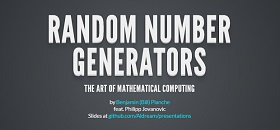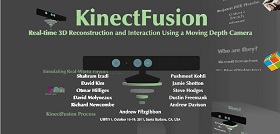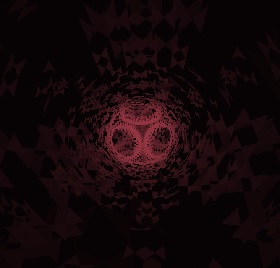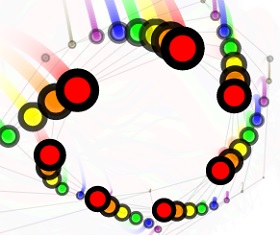Presentation - Random Number Generators

Sharing another presentation I made for a seminar during my time at the Univeristy of Passau. This time, the seminar was about The Art of Mathematical Computing, and I thus decided to conduct a survey on Random Number Generators (RNGs).
This survey first attempts to unravel the various definitions of randomness and pseudo-randomness, before detailing the different categories of RNGs, based on physical phenomena or computations. Emphasis is put on Linear- and Non-Linear Feedback Shift Registers (LFSRs and NLFSRs). Finally, the difficulty of objectively testing RNGs is discussed, and various test suites are described.
This study comes with a short paper, an implementation in Python with a descriptive notebook, the presentation itself and its notes.





